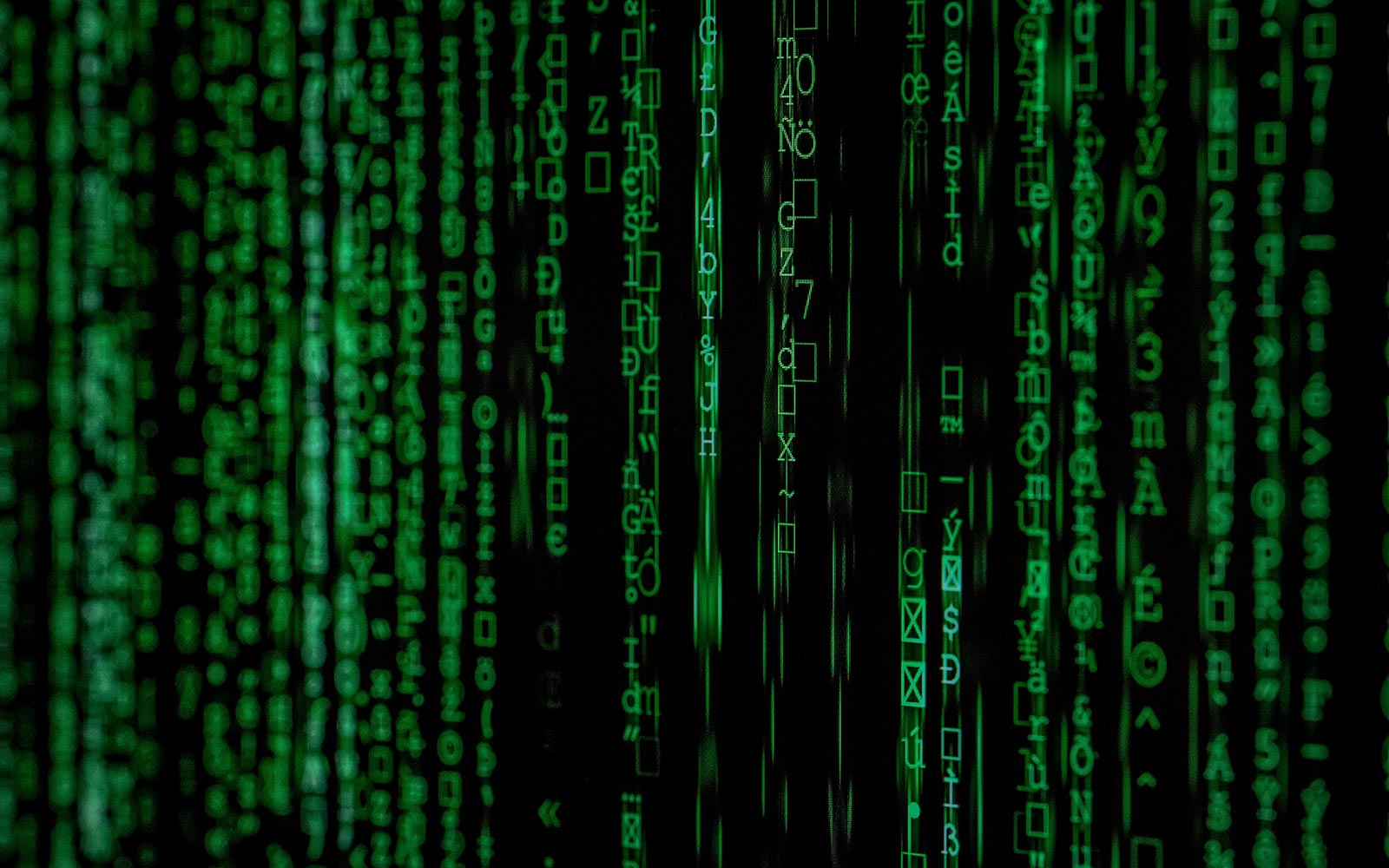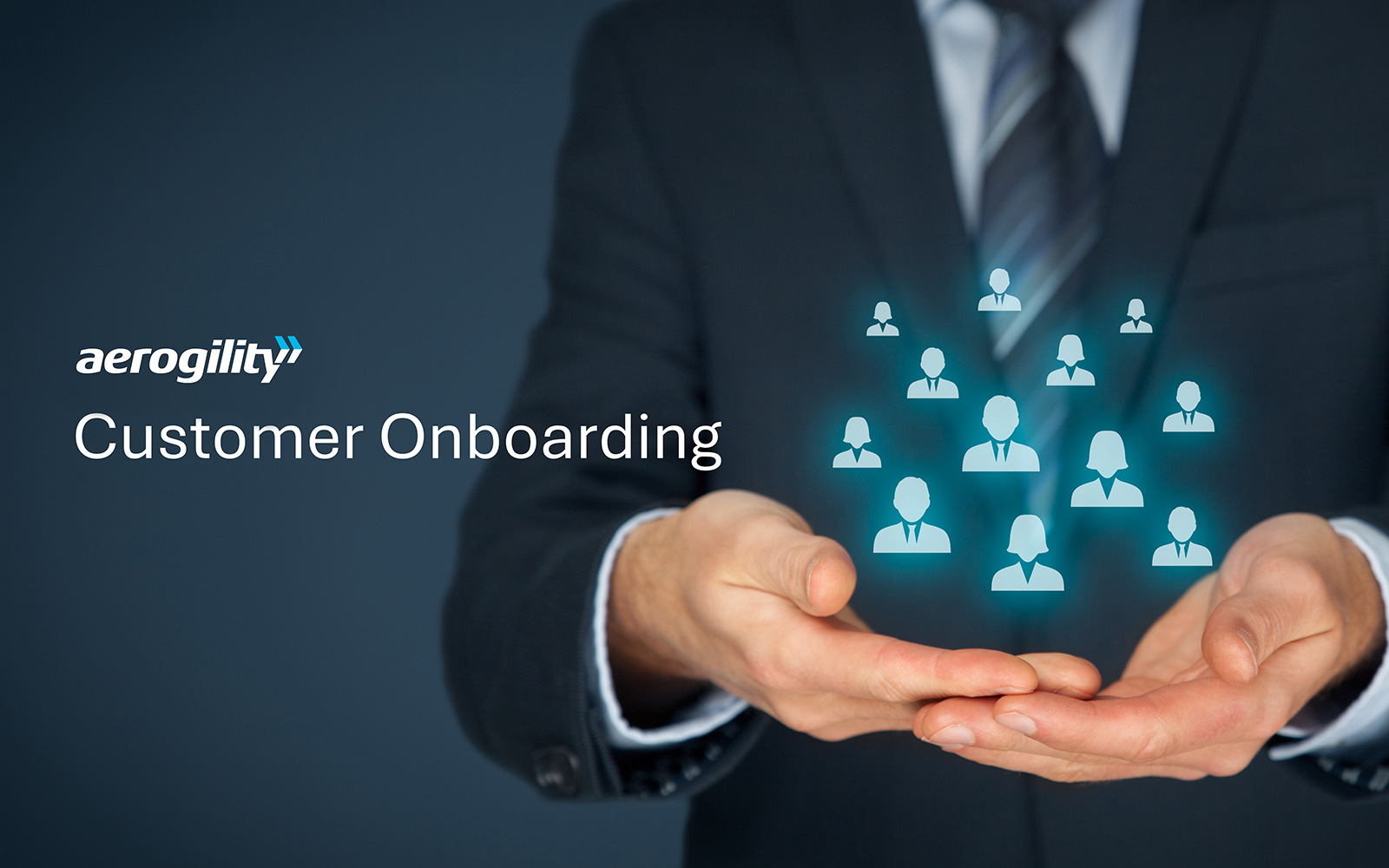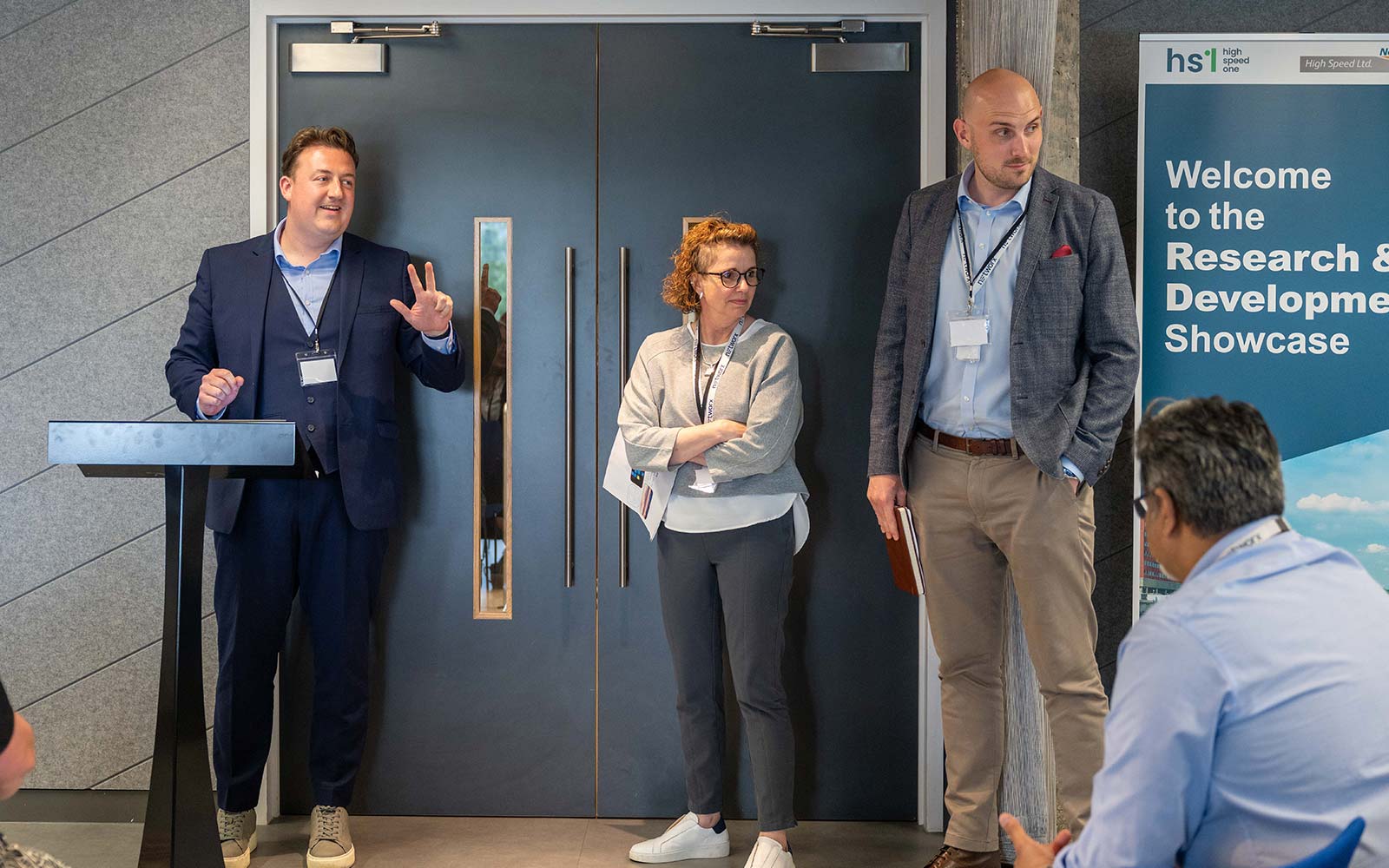Digital twins 101
By Simon Miles, Head of AI, Aerogility

Among the most transformative innovations today is the concept of digital twin technology — a virtual replica of an organisation that provides a holistic view of its operations.
What is a digital twin?
First introduced by Dr Michael Grieves in 2002 in the context of product lifecycle management, a digital twin is a digital representation or replica of a company’s assets, operations, or systems, designed to simulate real-world behaviours. It allows businesses to model and monitor how future events, or strategic decisions could affect their performance, without disrupting ongoing operations. By creating a virtual counterpart, organisations can forecast outcomes, test various scenarios, and make informed decisions in a safe environment.
A digital twin will continuously update with real-time data to reflect its real-world counterpart. This allows organisations to monitor performance, identify potential failures, and make data-driven decisions without physically testing or disrupting workflows.
The technology can be built using platforms like Aerogility’s model-based AI framework, which employs ‘agents’ to represent different elements of an organisation — such as machinery, processes, and people.
Each agent operates based on defined rules, much like individuals in a team performing specific roles. Certain agents may rely on others, which can create limitations on what actions they can take at any given moment. When a change is made to one agent, the system automatically updates all related agents. This ensures that proposed strategies are always practical and grounded in reality, avoiding decisions that wouldn’t work in practice.
Five key functions of digital twins
1. Operational efficiency: digital twins help improve decision-making processes through detailed simulations, from suggesting minor tweaks to full-scale operational changes.
2. Cost optimisation: organisations can reduce costs by running virtual tests on digital twins, minimising the need for expensive physical trials.
3. Enhanced performance monitoring: continuous insight into asset performance and behaviour allows for timely interventions and improvements.
4. Data-driven strategies: digital twins provide informed strategies through comprehensive data analysis, improving overall business tactics and outcomes.
5. Scalability: the technology is adaptable to different scales and industries, making it suitable for a wide range of applications from small businesses to large enterprises.
Overall, digital twins bridge the gap between physical systems and data analysis, allowing businesses to simulate and optimise complex processes.
Why digital twins are essential in aviation
One of the earliest applications of digital twin technology was in the aerospace and manufacturing industries, where asset maintenance is crucial for operational safety and efficiency.
The ability to predict asset behaviour is critical in high-stakes industries like aviation. Aerogility’s approach to digital twins focuses on strategic maintenance planning, allowing airlines to balance operational demands with the need to keep aircraft in top condition. By using a digital twin, maintenance schedules can be fine-tuned to avoid disrupting flight schedules, while ensuring safety and reliability remains paramount.
In a world where even a small delay can snowball into significant disruption, the insight offered by digital twins allows airlines to stay one step ahead. Aerogility is trusted by global airlines to minimise delays and save millions every year.
Take engine maintenance, for instance. Digital twins allow engineers to monitor aircraft engines and machinery performance, simulating how parts wear over time and providing insight into when specific parts are likely to need attention. This ensures that maintenance is done at the right time — neither too early nor too late — avoiding unnecessary costs and downtime.
Digital twin applications across industries
Beyond aerospace and defence, digital twin technology is reshaping a wide array of industries. In the energy sector, companies are using digital twins to monitor and optimise energy consumption, while smart cities like Helsinki employ the technology for a range of use cases, from climate analysis to urban development planning.
Aerogility’s digital twin technology also demonstrates significant potential in both port and rail operations. Here, ports can utilise digital twins to streamline cargo handling, monitor vessel maintenance, and optimise logistics, while rail systems can leverage the technology to enhance track maintenance and manage maintenance schedules — powered by real-time data insights.
In short, digital twins are not just a glimpse into the future — they are essential, cutting-edge tools for today’s most complex industries.


